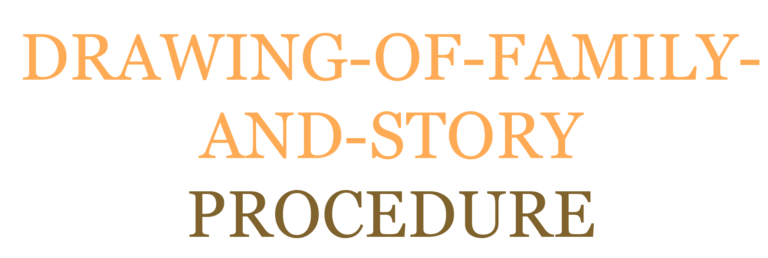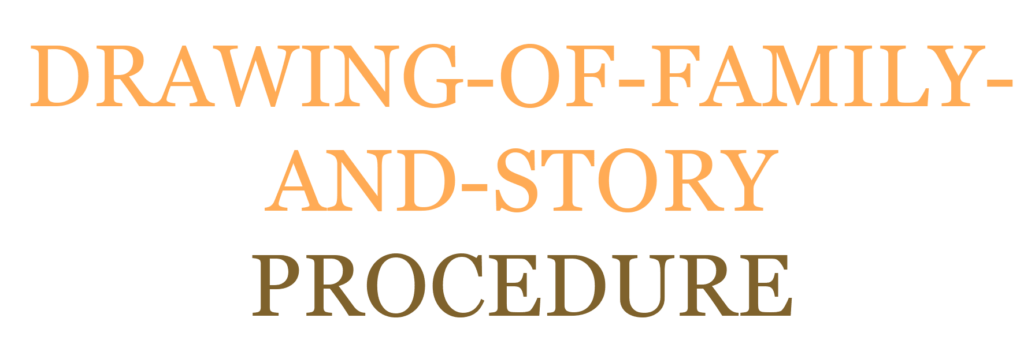COSTA, G. C. A maternidade sob o olhar de adolescentes grávidas [Motherhood for pregnancy teenagers]. [113] f. Master’s Dissertation – Instituto de Psicologia, Programa de Pós Graduação em Psicologia, Universidade Federal de Alagoas, Maceió (AL), 2018.
Available on: http://www.repositorio.ufal.br/handle/riufal/5832
Adolescent pregnancy is a complex and multifaceted phenomenon, and the intrapsychic and psychosocial processes must be considered for a broad understanding of the situation. Some research seeks to analyze the meanings of motherhood for adolescents and points to the correlation of pregnancy with life projects in this age group, while other studies warn about the negative impact of teenage pregnancy on schooling and entry into the labor market. Social, family, and partner relationships are also important factors that permeate the lives of this group. In view of the above, this study had as its general objective to understand and analyze how the process of maternity development occurs among pregnant adolescents. And, as specific objectives: to identify the social, historical, school, cultural context, the life projects and the family environment of pregnant adolescents; to investigate the experience of maternity experienced by adolescents during pregnancy.This is a case study with an exploratory, descriptive and qualitative character. Four pregnant adolescents participated in the research and the following instruments were used: a form to characterize the socioeconomic profile and social production and reproduction; a semi-structured interview; and a Story Family Design Procedure. The application of the instruments was done in a single meeting with the participants, held at the residence of an adolescent, at a Basic Health Unit, and at the University Hospital of Alagoas. The data analysis was carried out by studying the content of the interviews and the form, as well as the non-verbal expressions observed during the meeting with the girls. The Drawings of Families with Stories were analyzed according to the recommendations of Trinca, Tardivo, having also as a reference base for the analysis of the drawings, Hammer. Diverse socioeconomic characteristics were observed, but they showed similarity where all the adolescents did not reside with their partners in a house of their own and had some deprivation in these aspects. Another element alerted to contexts where the lack of encouragement to engage in education and other possibilities, may also contribute to the planning and association of motherhood as a life project. With the analysis of the interview, the contents were grouped, according to the relevance identified, into four thematic categories, these being: Childhood Play; Relationship with family, spouse and friends; The imagined and desired baby; and Life projects. Complementing the other instruments, the Drawing of Families with Stories provided an understanding of significant and latent aspects of the adolescents, corroborating the manifest contents obtained in the interviews. Finally, it can be concluded from this study that there was a relationship between the exercise of motherhood and the family support received, where the adolescents who had a satisfactory and protective support network since childhood showed more availability and engagement in motherhood. However, the adolescents who lived with an abusive and non-protective family environment showed difficulties in this process, attributing other meanings to the birth of the baby. Therefore, the importance of interventions for this demand is warned, contributing to the re-signification of painful experiences, as well as the development of new qualitative and longitudinal research, to offer a more complete picture of the problem.

